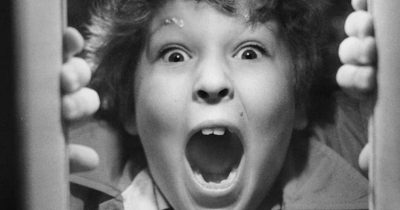
According to the National Breast Cancer Foundation, one in eight women will be diagnosed with breast cancer in their lifetime.
In 2024, 310,720 women and 2,800 men will be diagnosed with invasive breast cancer, while an estimated 56,500 women will be diagnosed with non-invasive breast cancer. And more than 42,000 women will die in 2024 due to breast cancer.
Despite the staggering numbers, only eighty years ago, from 1944 to 1954, 25.1 percent of women diagnosed with breast cancer survived for 10 years after their initial diagnosis. Today, those odds have greatly increased thanks to early detection and improved treatment.
One of the biggest keys to fighting breast cancer is early detection. When caught in its earliest stages, breast cancer survival rates greatly increase. The five-year survival rate for tumors caught in the localized stage is 99 percent.
Early detection includes self exams, clinical exams and scans, and education.
Women are encouraged to perform a monthly self-exam to look for any signs or symptoms of breast cancer. Although the self-exam is an extremely useful tool in helping women receive a diagnosis, it should not be the only tool they utilize.
They are also advised to receive a clinical breast examination from their primary care physician or gynecologist during their annual appointment. While self-exams help women become familiar with their own breasts, their doctors will be able to check for any lumps or physical changes that may have gone unnoticed.
Mammograms are also recommended for the early detection of breast cancer. The general consensus is women over the age of 40 should have a mammogram every one to two years. Those who have certain risk factors for breast cancer should have their first mammogram before 40.
Even if you do not have any signs or symptoms, it’s important to have a regularly scheduled mammogram because the screening is often able to detect a lump before it can be felt.

Not only can early detection save lives, but it can also save money.
The cost of treating early-stage breast cancer is typically less expensive than managing advanced cancer, which may require lengthy hospitalizations, surgery, extensive chemotherapy or radiation, and long-term care.
Breast cancer screenings also have the ability to improve quality of life. If caught early enough, women may be able to avoid much of the physical and emotional stress brought on by the advanced treatment needed to beat breast cancer.

Every two minutes, a women is diagnosed with breast cancer in the United States. Although survival rates have significantly increased over the past 80 years, we need to continue advocating for the importance of breast cancer screenings.
Early detection methods include self-exams, clinical exams, and mammograms, with mammograms being especially crucial for catching tumors before they can be felt. Regular screenings not only improve survival but also reduce the physical, emotional, and financial burden of advanced cancer treatments.
Please share this important message with everyone you know.
READ MORE:
- ‘Boy Meets World’ alum Danielle Fishel reveals breast cancer diagnosis
- Olivia Munn reveals breast cancer diagnosis: actress underwent double mastectomy




